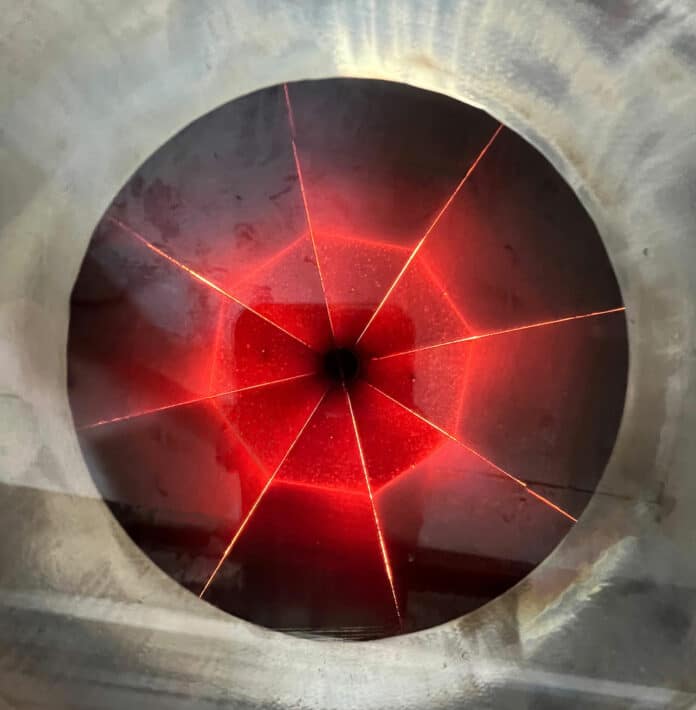Synhelion and Cemex announced a significant milestone in their joint effort to develop fully solar-driven cement production. They have successfully scaled their technology to industrially viable levels, including the continuous production of clinker, the most energy-intensive part of cement manufacturing, using only solar heat.
The two companies have been collaborating to introduce concentrated solar thermal (CST) energy in the cement production process, achieving the first successful laboratory-scale demonstrative pilot in 2022 by producing the first-ever solar clinker.
Now, the technology has made incredible strides toward becoming an industrial-scale solution. Advancing from small-scale pilot to production under plant-like and continuous conditions reaffirms the huge potential of this technology for the market. With this milestone achieved, Synhelion and Cemex are now moving forward with plans to build a solar-driven industrial-scale pilot cement plant.
Clinker is primarily used to produce cement, and its production is the most energy-intensive part of cement manufacturing. It is produced by fusing limestone, clay, and other materials together in a rotary kiln at temperatures nearing 1,500 degrees Celsius. Typically, fossil fuels are used to heat the kiln and are responsible for approximately 40% of direct CO2 emissions.
Synhelion’s breakthrough technology delivers high-temperature process heat beyond 1,500 degrees Celsius – sufficient heat to produce clinker without using fossil fuels. In addition, this technology also creates the right conditions to separate and capture any remaining CO2 from calcination in a highly concentrated form with minimal additional effort.
The company says that the successful adoption of Synhelion’s technology in cement manufacturing will completely replace the use of fossil fuels, which will have a significant impact on reducing carbon emissions. Additionally, this technology will lead to a more efficient and cost-effective carbon capture process compared to the current state-of-the-art technologies.
The partnership between Synhelion and Cemex has received important recognition recently. The U.S. Department of Energy awarded US$ 3.2 million to Solar MEAD, a joint project between Cemex, Sandia National Laboratories, and Synhelion to study the conditions to maximize heat transfer to the raw cement mix.
